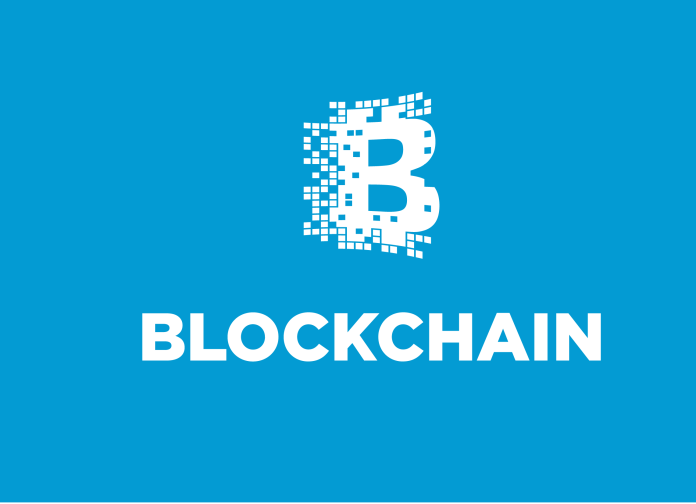Key Takeaways
- Stablecoins anchor crypto markets by maintaining price stability, serving as a bridge between traditional money and blockchain ecosystems.
- Regulation and innovation will define 2025–2026, as hybrid and programmable stablecoins emerge alongside tighter oversight.
- Transparency and risk management—from reserve audits to algorithmic safeguards—will determine which stablecoins earn long-term trust.
Introduction
In the fast-changing digital economy of 2025, stablecoins have become indispensable. They sit at the crossroads of finance and blockchain, enabling seamless transfers of value without the wild volatility of Bitcoin or Ethereum. Yet despite their ubiquity, many still ask: What is a stablecoin, and why does it matter now more than ever?
As the crypto industry matures, stablecoins have evolved from niche instruments to pillars of financial infrastructure. Whether used for payments, trading, or decentralized finance (DeFi), they provide a stable foundation for an otherwise turbulent market.
What Exactly Is a Stablecoin?
A stablecoin is a cryptocurrency designed to maintain a consistent value—typically pegged to a fiat currency like the U.S. dollar, the euro, or another tangible asset such as gold. Unlike volatile tokens, stablecoins strive to combine the stability of traditional money with the efficiency of blockchain.
There are several primary types of stablecoins:
- Fiat-collateralized stablecoins: Backed 1:1 by reserves such as USD or government bonds. Examples include USDT (Tether) and USDC (Circle).
- Crypto-collateralized stablecoins: Supported by other cryptocurrencies (like ETH or BTC) held as collateral, often overcollateralized to offset volatility—DAI being the most prominent example.
- Algorithmic stablecoins: Managed through code that automatically adjusts supply and demand to stabilize the price, though these systems carry higher risk.
- Asset-backed stablecoins: Linked to tangible assets such as gold or real estate, offering alternative hedges against inflation.
In 2025–2026, hybrid models are gaining attention—combining collateralization with algorithmic elements to enhance resilience.
The Expanding Role of Stablecoins in 2025–2026
Liquidity and Trading Efficiency
Stablecoins have become the primary base currency for crypto trading. They allow traders to park value between trades without returning to fiat systems, creating liquidity and reducing transaction delays. On decentralized exchanges (DEXs), stablecoins often make up the deepest liquidity pools, serving as anchors for volatile pairs.
Also read: How to Track Your Crypto Portfolio
Decentralized Finance (DeFi) Backbone
By 2025, stablecoins underpin much of the DeFi ecosystem—from lending and borrowing platforms to yield-generating protocols. Investors use them as collateral, deposit them into liquidity pools, and earn yield through staking or lending, all while minimizing exposure to price swings.
Payments and Remittances
Stablecoins are also reshaping global payments. Their borderless, low-fee structure enables faster cross-border transfers than traditional systems like SWIFT. For millions in inflation-hit economies, stablecoins act as a digital safe haven—a stable store of value accessible through a smartphone.
Gateway Between Fiat and Crypto
In 2025–2026, financial institutions are increasingly integrating stablecoins into banking systems. Many fintech firms now offer direct conversions between stablecoins and local currencies. Meanwhile, banks are exploring regulated stablecoins to settle transactions more efficiently than legacy systems.
Challenges and Risks Ahead
Reserve Transparency
The trustworthiness of a fiat-backed stablecoin depends on proof of reserves. If issuers fail to maintain or disclose their holdings, the peg can falter. Regulatory reforms in 2025 are pushing issuers toward real-time auditing and on-chain verification.
Algorithmic Vulnerabilities
Algorithmic or hybrid stablecoins face the risk of smart contract failure or depegging during extreme market volatility. The 2022 collapse of TerraUSD remains a cautionary tale. Developers are now implementing fail-safe mechanisms and overcollateralization buffers to prevent recurrence.
Regulatory Uncertainty
Different jurisdictions classify stablecoins in conflicting ways—some as securities, others as commodities, or even as payment instruments. This legal ambiguity affects issuance, taxation, and cross-border use. However, clearer frameworks in 2025–2026 are expected to bring institutional legitimacy to compliant stablecoin projects.
Market Stress and Liquidity Crises
Even robust stablecoins can face pressure during systemic sell-offs. Liquidity crunches or redemption surges can break the peg, highlighting the importance of diversified reserves and transparent risk management.
Emerging Trends for 2025–2026
- Programmable Stablecoins: Tokens that integrate compliance, automation, or payment conditions directly into code, enabling “smart” transactions for businesses.
- Cross-Chain Interoperability: New stablecoins are designed to move freely across multiple blockchains, expanding accessibility and efficiency.
- Hybrid Models: Projects combining fiat reserves, yield-bearing assets, and algorithmic balancing mechanisms are growing, promising both sustainability and profit generation.
- CBDC Integration: With several countries testing Central Bank Digital Currencies (CBDCs), stablecoins could coexist or act as intermediaries, bridging private and public digital money systems.
- Green Stablecoins: Some issuers are exploring carbon-neutral or ESG-linked collateral as environmental transparency becomes a key differentiator.
Best Practices for Users and Institutions
For those engaging with stablecoins in 2025–2026, prudence is key.
- Choose issuers with transparent audits and regulated frameworks.
- Diversify holdings—avoid reliance on a single issuer or algorithm.
- Verify chain compatibility before transacting across ecosystems.
- Monitor regional compliance rules, especially for cross-border use.
Stablecoins may feel “stable,” but understanding their underlying mechanics and counterparty risks is essential to using them safely.
Conclusion
Stablecoins have evolved from crypto’s quiet workhorses to critical infrastructure connecting traditional finance and blockchain. As 2025–2026 unfolds, they are not only facilitating payments and DeFi but also setting the stage for programmable, regulated, and sustainable financial innovation.
Ultimately, what a stablecoin represents is trust—the assurance that value holds firm in a decentralized world. Those who understand this balance between code, collateral, and confidence will be best positioned to navigate the next generation of digital finance.




